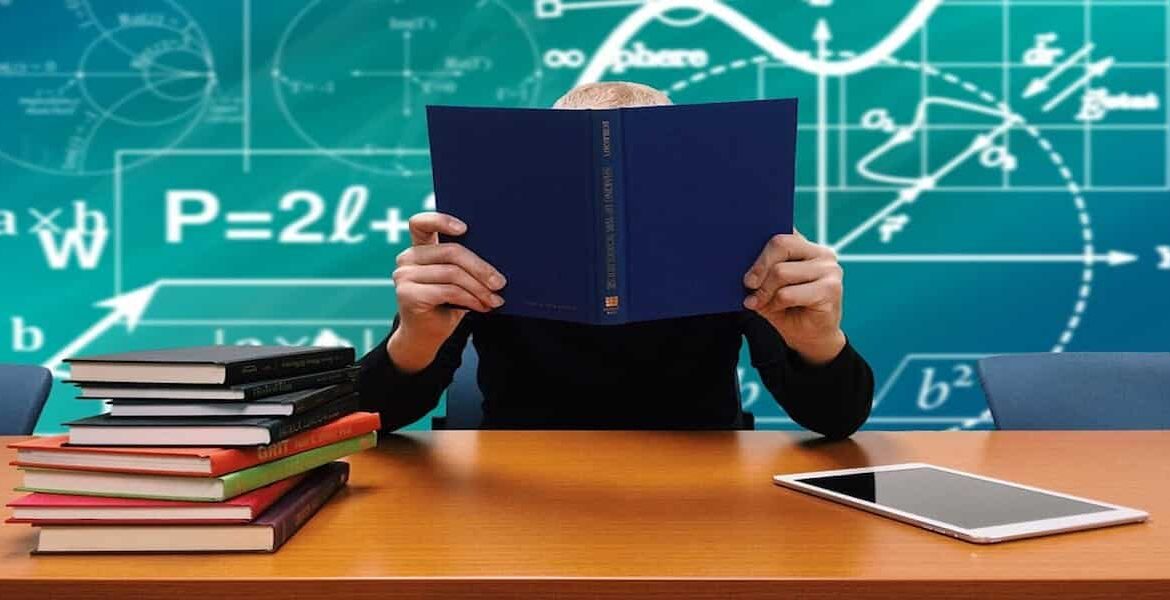Table of Contents
There’s power when students can choose One of my all-time favorite movies is Dangerous Minds, starring Michelle Pfeiffer. There’s a scene in the film when the students are disengaged in class, which leads to a discussion about choice. She makes the students realize that just by making the decision to get on the bus and show up for school, they have already exercised the power of choice, and that they’ve made a good one. There are also many other situations in their daily existence where they may not realize that they do have a choice in how they behave. Over and over she says, “You have a choice…” (You can watch the scene on YouTube. Warning: There is a small amount of NSFW language.)
When I first started working in urban schools in Nashville in the mid-’90s, I quickly realized that my students were like the kids in that film. I think that’s why the story on screen impacted me so deeply. The movie was an illustration of their lives. Many of them didn’t believe they would live to the age of 21 because of the violence in their neighborhoods. I knew that in order for my kids to put in the necessary effort at school, they needed to shift their belief systems because it is our beliefs that determine our behaviors.
Carol Dweck’s work around growth mindset has helped educators gain a better understanding of the power of positive thinking. Before students can develop a growth mindset, they need to understand that they have a choice – the opportunity and power to make decisions.
A Different Pedagogy
In a world of test scores and technology, our students’ attention is often torn between school requirements and YouTube. With high-stakes testing, even though they are loath to admit it, teachers are often forced to teach toward the test, leaving little room for innovation. However, outside the classroom, these same students access a world of knowledge from their smartphones. Although they spend time being entertained, they also spend time learning anything from music, dance and make-up to coding, mechanics, and cooking. They know how to find the information they need and how to apply it to their real-life situations. They exercise the opportunity to choose, which leads to greater engagement and deeper learning. Is it possible for us to reframe our classroom experiences in a similar manner?
Both project-based learning and problem-based learning, which parallel our workplace experiences as adults, empower students. By removing barriers and encouraging creativity, teachers become coaches who are facilitating the learning. As we know, the key to good coaching is connection.
The Power of Personal Stories
In order to develop authentic connections with our students, we must let them know who we are as human beings. Sharing age-appropriate personal stories builds bridges between teachers and students, just as it builds bridges between teachers on a team and administrators and teachers in the building. Being real draws people to us. As Brene’ Brown discusses, there is power in vulnerability. When we give our students permission to see us for who we really are, we extend an invitation to more meaningful relationship. Our students can then choose what type of relationship they would like to have with us, a status quo teacher-student relationship or a heart-to-heart connection.
 By intentionally building relationships with our colleagues and students, our students learn that we are a here for them to talk through their ideas, doubts, and questions. We become conversation partners on their road to discovery.
By intentionally building relationships with our colleagues and students, our students learn that we are a here for them to talk through their ideas, doubts, and questions. We become conversation partners on their road to discovery.
Opportunities for Choice in the Classroom
This is a constructivist and liberationist view of learning. The work and wisdom of Piaget and Freire inform this approach. What does it look like in the classroom? It looks like centers – dedicated spaces for learning tasks. It looks like menus – clearly outlined expectations and options for learning goals. It looks like makerspaces – collaborative areas where students brainstorm and create. It looks like fun.
Our goal as educators is to create a safe place for students to learn and grow. The word safe encompasses physical, mental, and social domains. In this safe place, we can offer children the opportunity and power to choose with guidance and support, so they learn that what they do and say matters. Our aim is for them to transfer their ability to make good and productive choices within the microcosm of the classroom to making good choices in their homes and neighborhoods both now and in the future.
Further Reading
- Teach Hub – Use Activity Menus to Differentiate & Maximize Student Engagement
- Education Closet – The Power of Choice
- edCircuit – Tamara Fyke Columns


